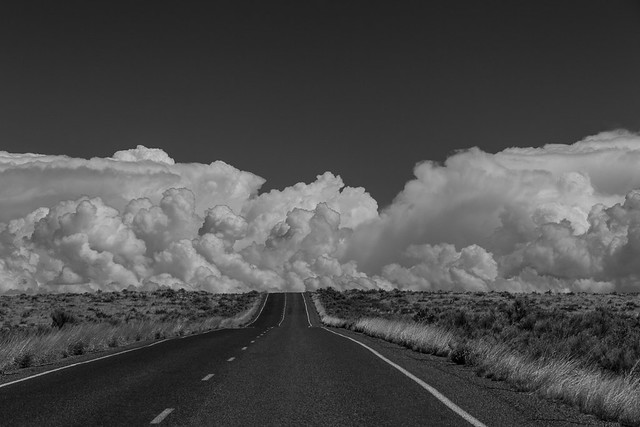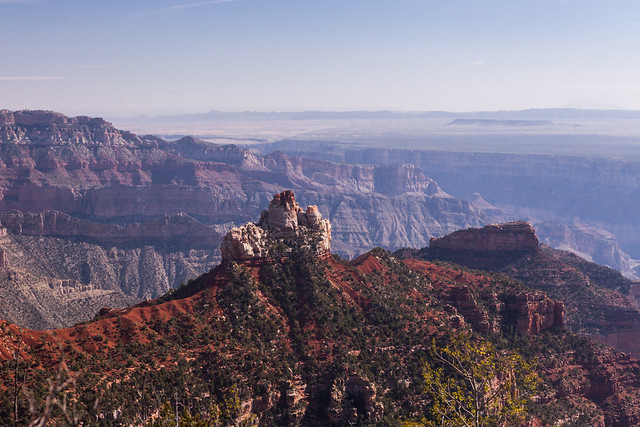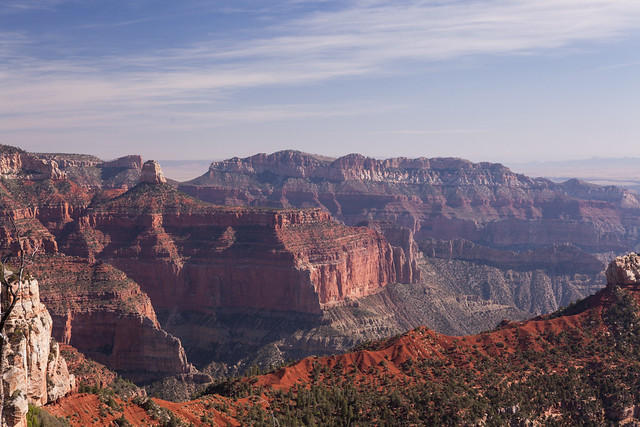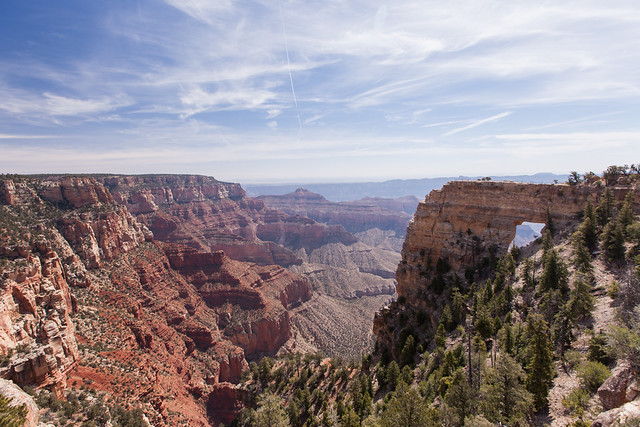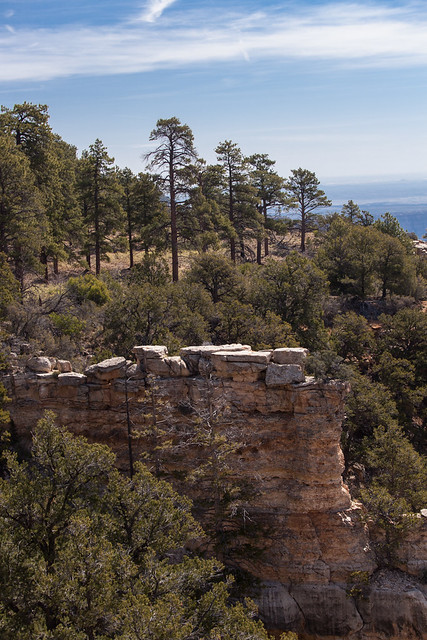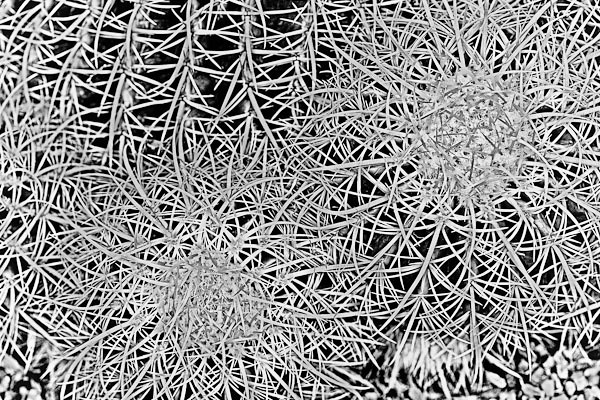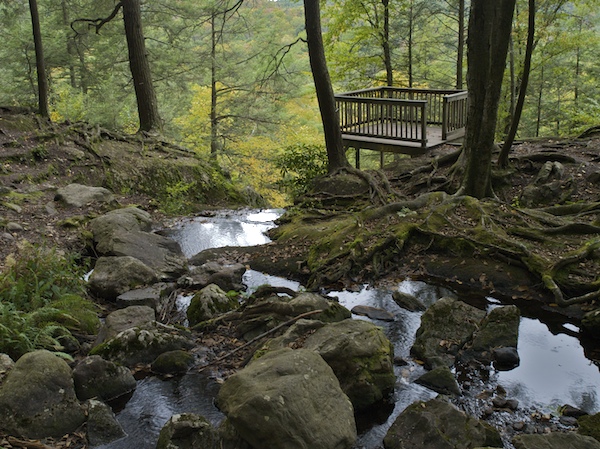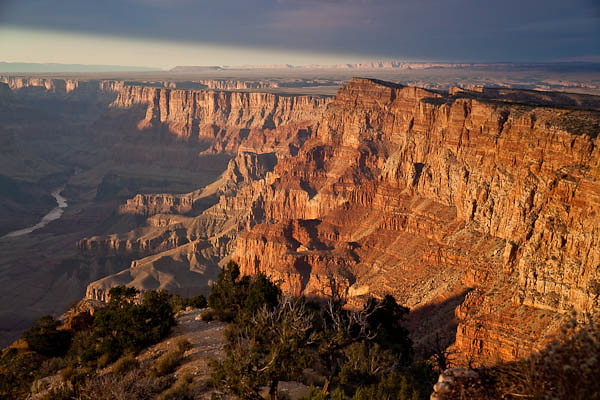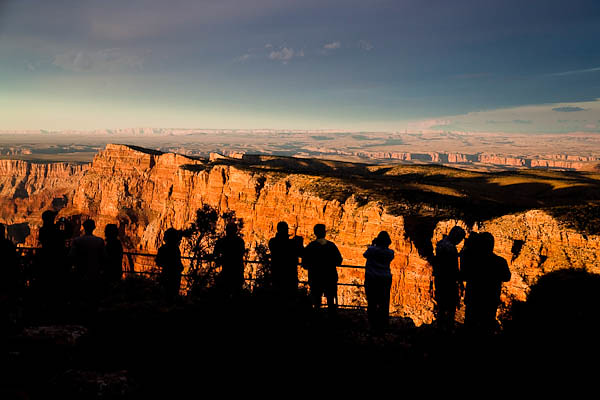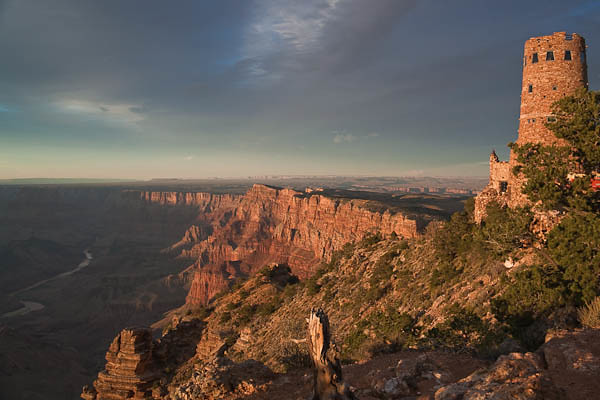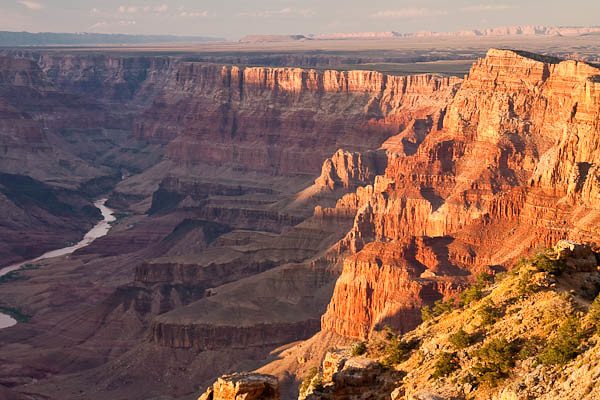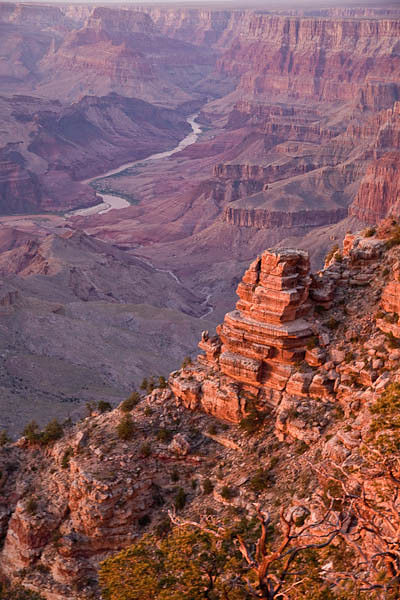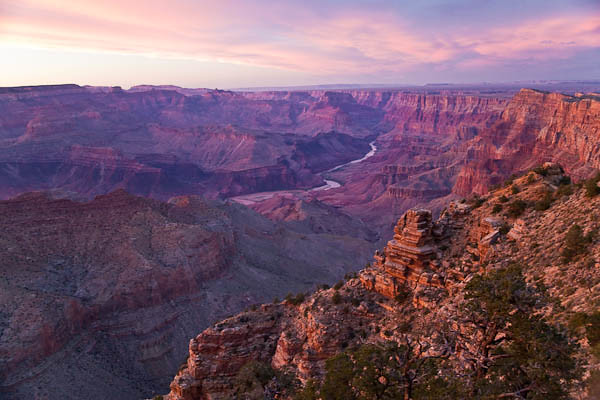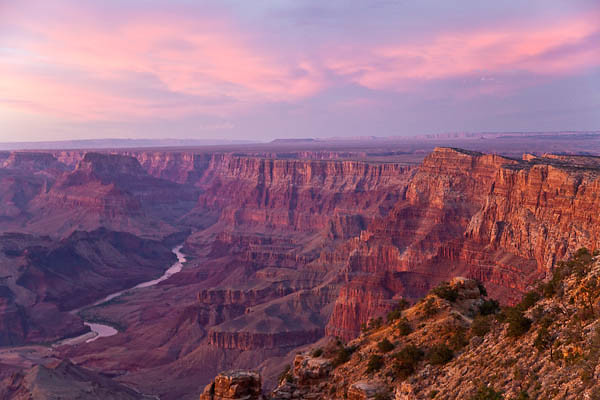“When you come out of the storm, you won’t be the same person who walked in. That’s what this storm’s all about.”
~ Haruki Murakami
Heading Dead Straight into the Storm
Lookout Views from Cape Royal Road – North Rim of Grand Canyon
We have become great because of the lavish use of our resources. But the time has come to inquire seriously what will happen when our forests are gone, when the coal, the iron, the oil, and the gas are exhausted, when the soils have still further impoverished and washed into the streams, polluting the rivers, denuding the fields and obstructing navigation. ~ Theodore Roosevelt (1906)
Point Imperial, 8803 feet in elevation,
Overlooking Grand Canyon to the east, and beyond, the Painted Desert.
The lack of power to take joy in outdoor nature is as real a misfortune as the lack of power to take joy in books. ~ Theodore Roosevelt (1906)
When your spirit cries for peace, come to a world of canyons deep in the old land, feel the exultation of high plateaus, the strength of moving waters, the simplicity of sand and grass, the silence of growth. ~ August Frugé
Cape Royal, the point, the southernmost view on the North Rim,
the widest panorama of any Grand Canyon overlook
the gorge has a view of about 270° of the horizon.
Look to Marble Canyon in the north, gaze south towards the Palisades of the Desert.
How the striking of the great clock, whose hours are millions of years, reverberates out of the abyss of the past!
~ John Burroughs
. . . each man sees himself in the Grand Canyon – each one makes his own Canyon before he comes, each one brings and carries away his own Canyon. ~ Carl Sandburg
We are prone to speak of the resources of this country as inexhaustible; this is not so. ~ Theodore Roosevelt (1906)
Grand Canyon Sequence at Sunset
October 7. Sunset was 7:38 PM Mountain Standard Time.
Solitary Tree at Sunrise – Yellowstone National Park
Early light from an autumn sunrise gave a magical quality to this tree in the Black Sand Basin in Yellowstone National Park. The mountainside in the background shows the new growth and the remnants of the destroyed lodgepole pines from the 1988 fire that affected nearly a third of the park.
